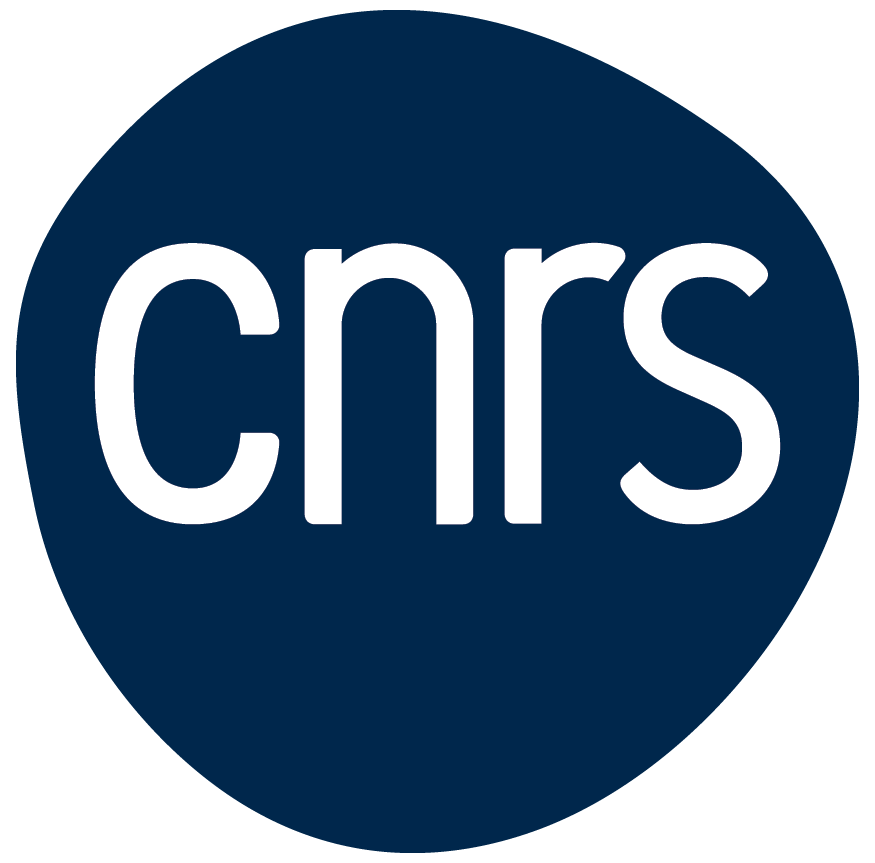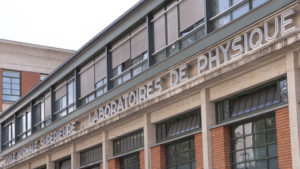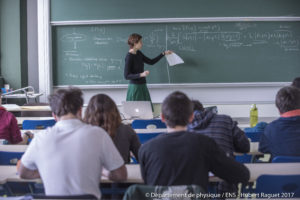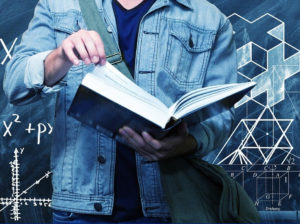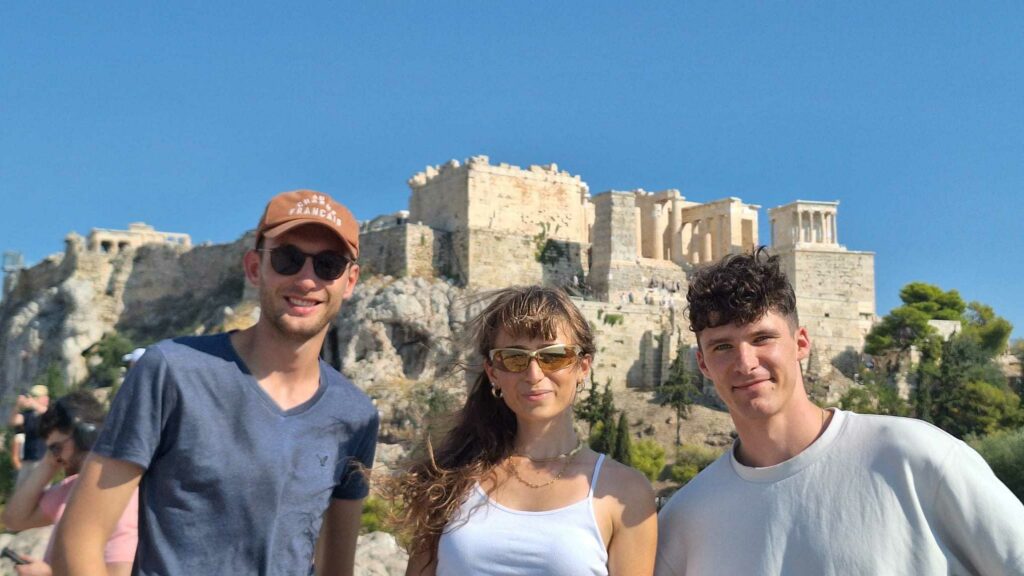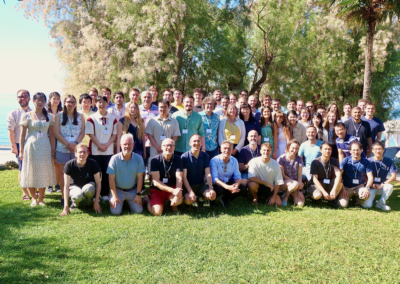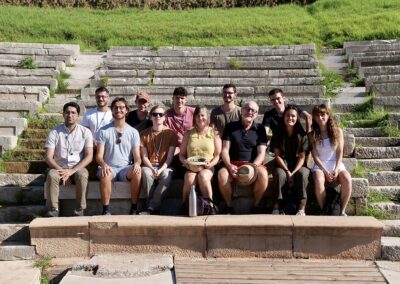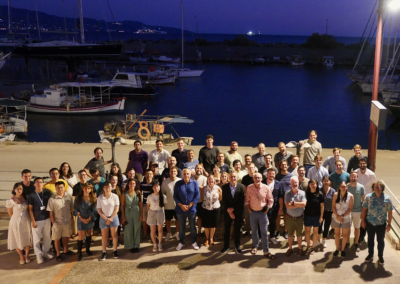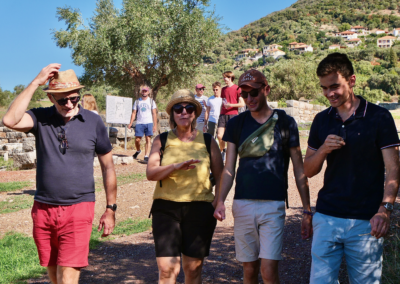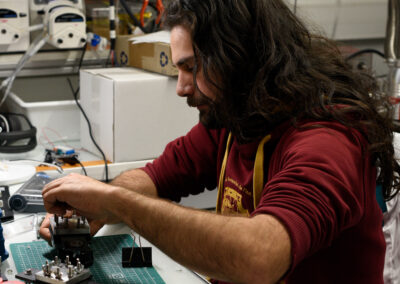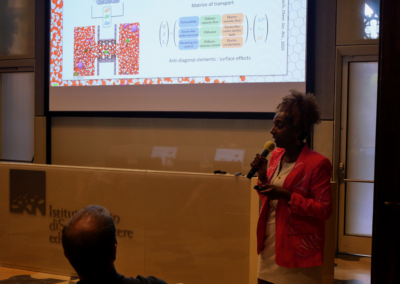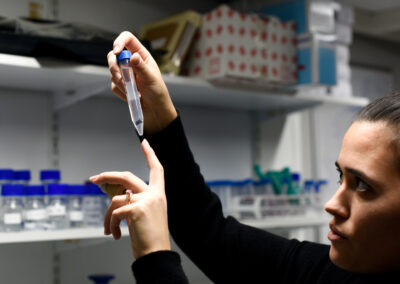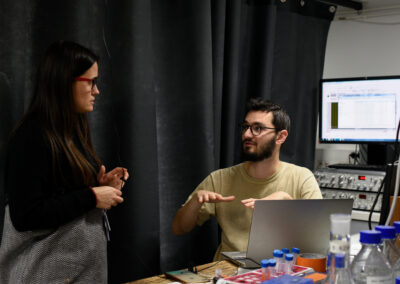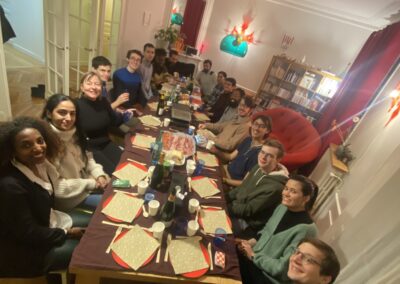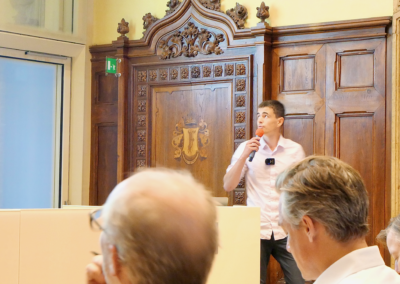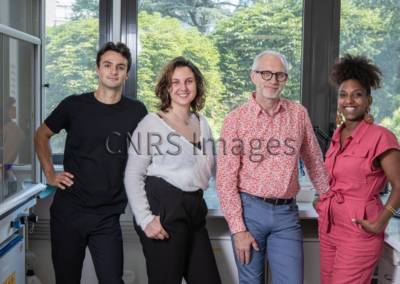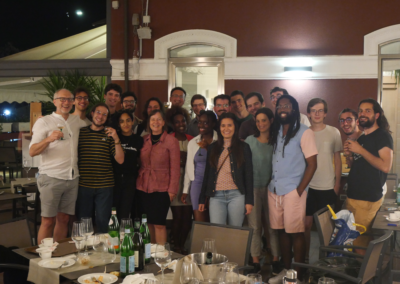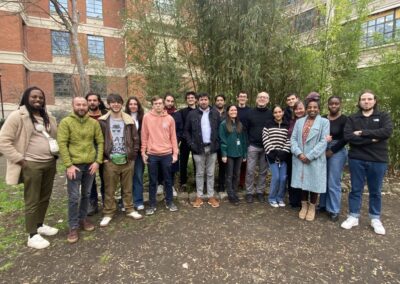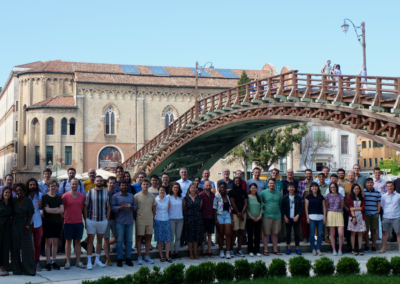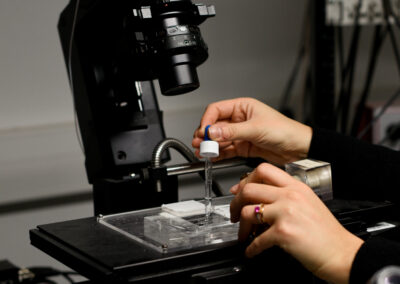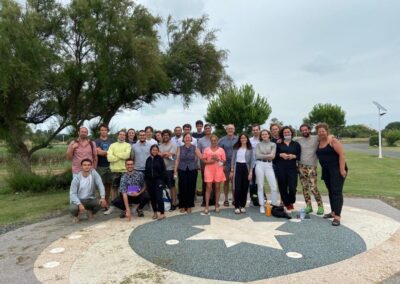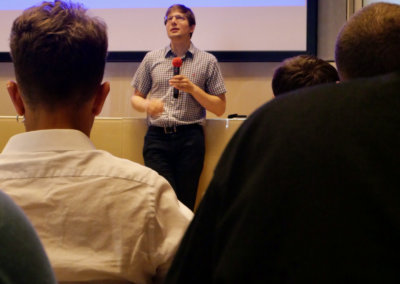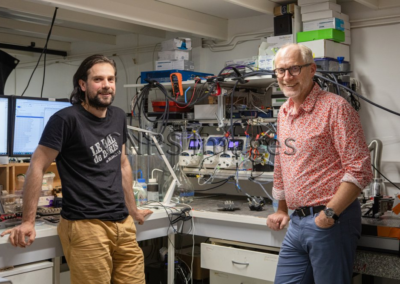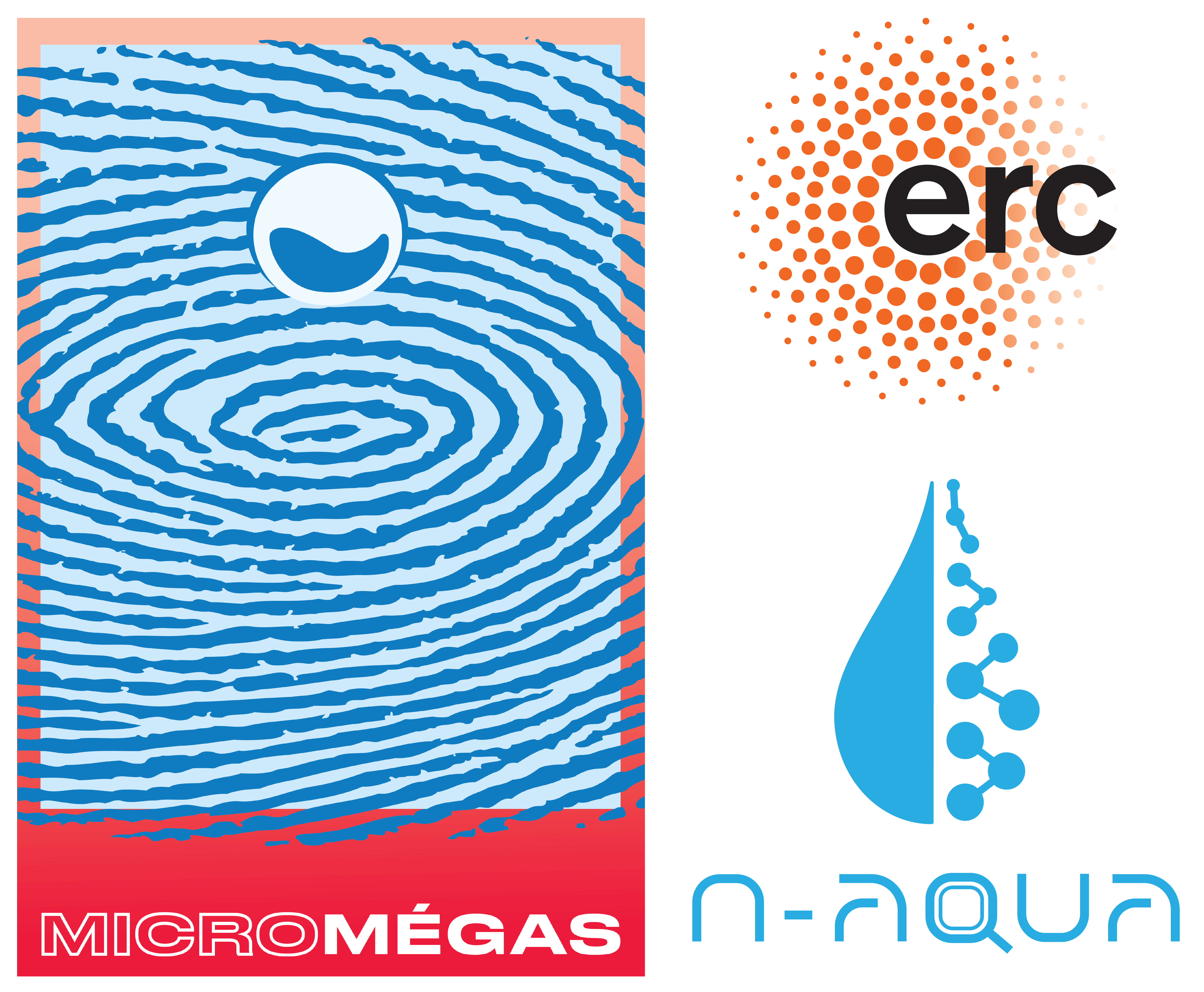
The team’s research themes lie at the interface between soft matter, fluid dynamics and nanoscience. It combines experiments, theory and numerical modeling to explore transport mechanisms at interfaces, from the macroscopic to the molecular scale. Her recent activities focus in particular on nanofluidics, i.e. nanofluidic transport in nanopores, nanotubes and 2D materials, and aim to highlight the sometimes exotic properties of transport at these ultimate scales. It also explores mechanical properties at the nanoscale, using atomic force microscopes specifically developed in the laboratory. The unexpected phenomena that emerge at these scales open up new avenues in the fields of energy and desalination. A start-up, Sweetch Energy, has emerged from the team’s work on these subjects.
Recently, the team predicted a new quantum contribution to the solid-liquid friction force, which results from the coupling of water charge fluctuations with electronic excitations inside the solid. This new theory has rationalized the experimental observation of radius-dependent water sliding in carbon nanotubes. More importantly, it reveals a paradigm shift for nanoscale hydrodynamics that the team is currently exploring as part of a European “ERC synergy n-aqua” project with teams from Mainz and Cambridge.
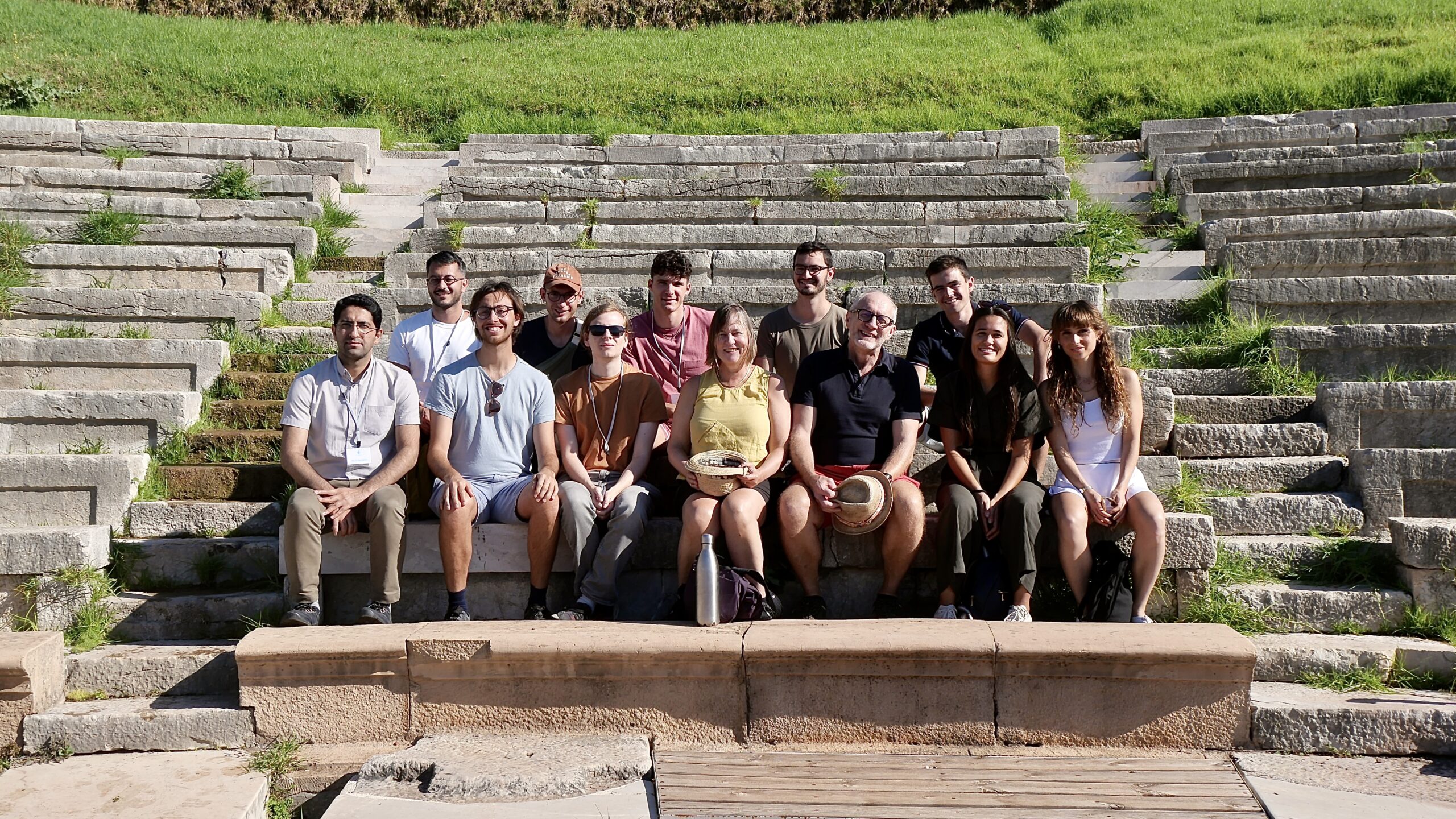
Recruitment
News
Events
Last publications
Poles
Theory
Our team uses analytical and numerical methods to model and study nanofluidic phenomena. On the analytical side, our tools cover a wide range of physics, from non-equilibrium statistical physics to perturbative quantum field theory, via classical fluid mechanics. On the numerical side, we work at all scales, from DFT (electron density functional theory), which describes matter at the level of atomic electron orbitals, through classical molecular dynamics (MD) to the resolution of macroscopic PDEs.
Experimental
Our team uses state-of-the-art experimental methods to study nanofluidics. We are able to fabricate nanoscale channels by van der waals assembly in a clean room, using materials such as graphene and graphite. We then make nanofluidic transport measurements using mainly water, salt, glycerol and ionic liquids. For these measurements, we use a variety of in-house tools, including atomic force microscopes (AFM), a confocal microscope and various electrical measuring devices.
Innovation
Our team is also interested in the practical applications of its nanofluidic discoveries. Working in particular on the development of atomic force microscopes (AFM) and the fabrication of membranes from 2D materials, we are transforming the understanding of nanometric scales into innovative, patented macroscopic devices to solve industrial and ecological problems.
Team Members
Team Leader
Post-doctoral Fellows
Ph.D. Students
Technical staff
Location and Access
École Normale Supérieure
24 rue Lhomond, 75005 Paris
Room LS161

Institut Pierre-Gilles de Gennes
6 rue Jean Calvin, 75005 Paris
3rd floor

